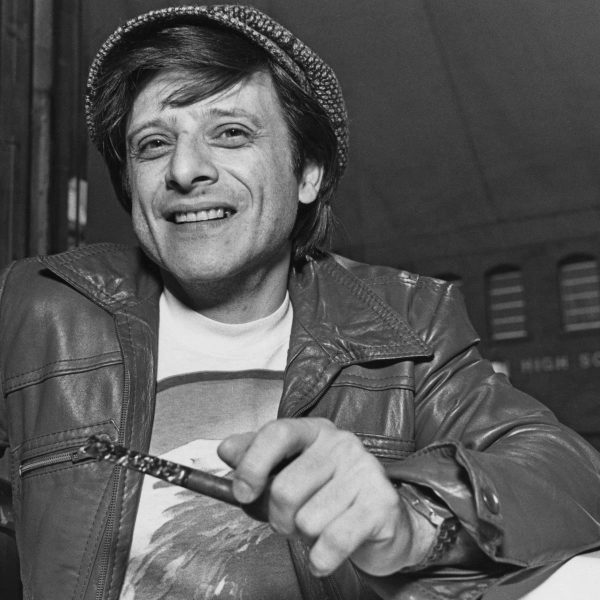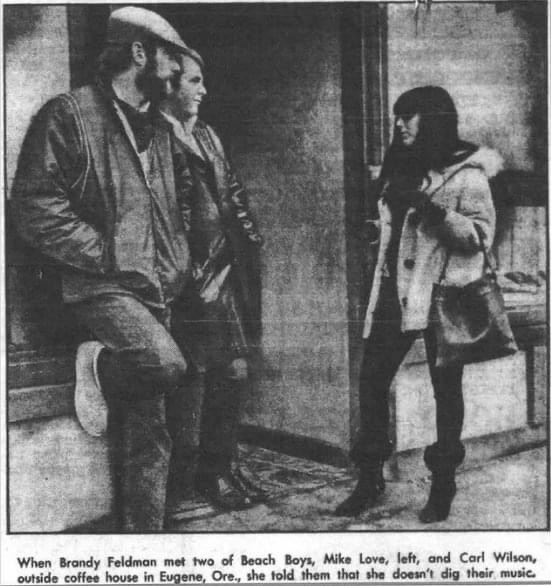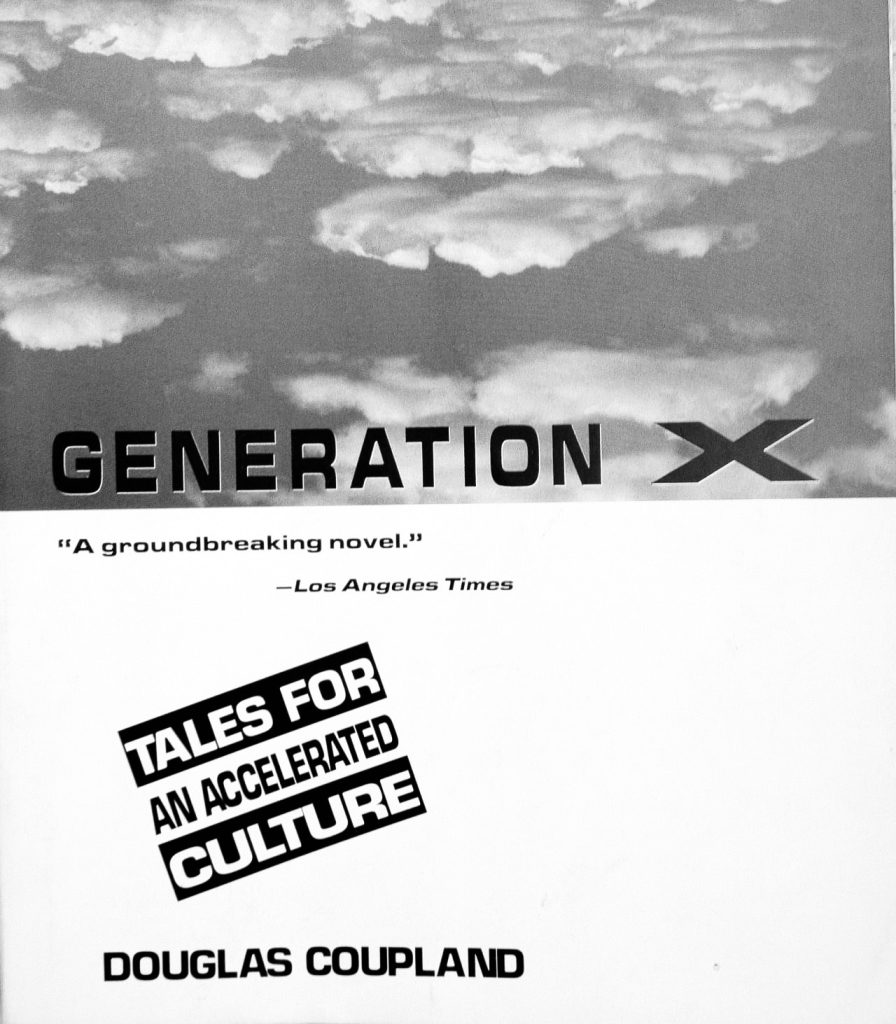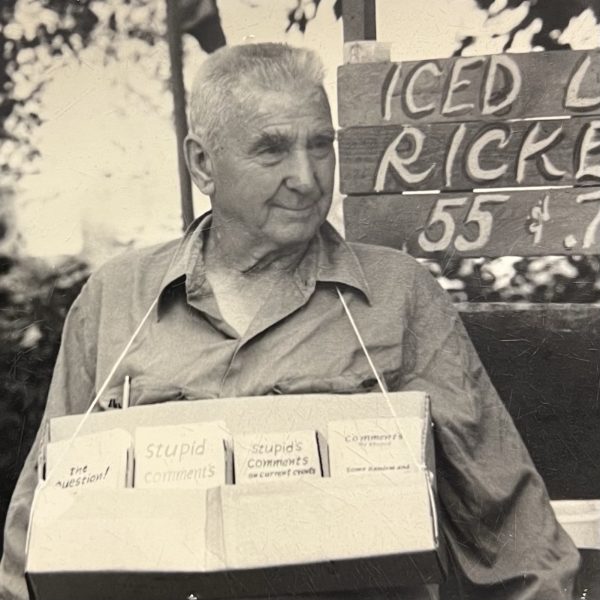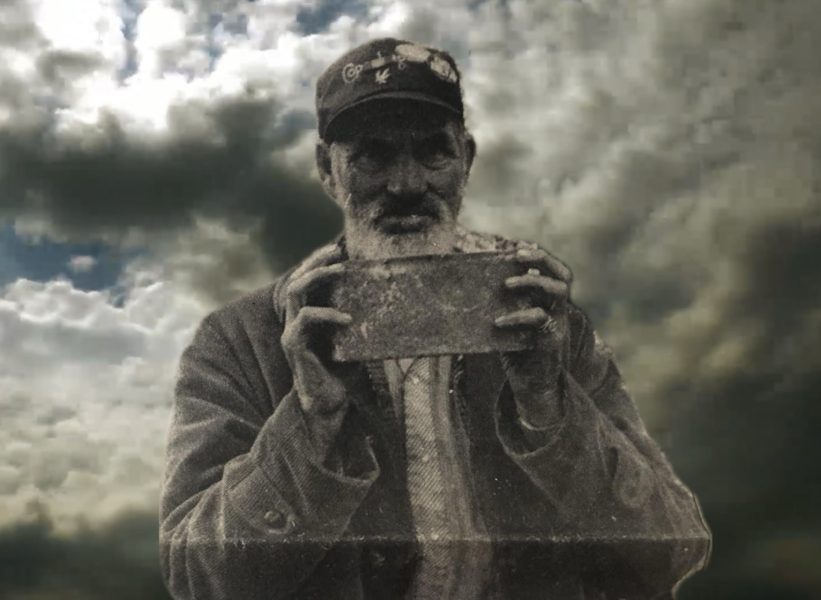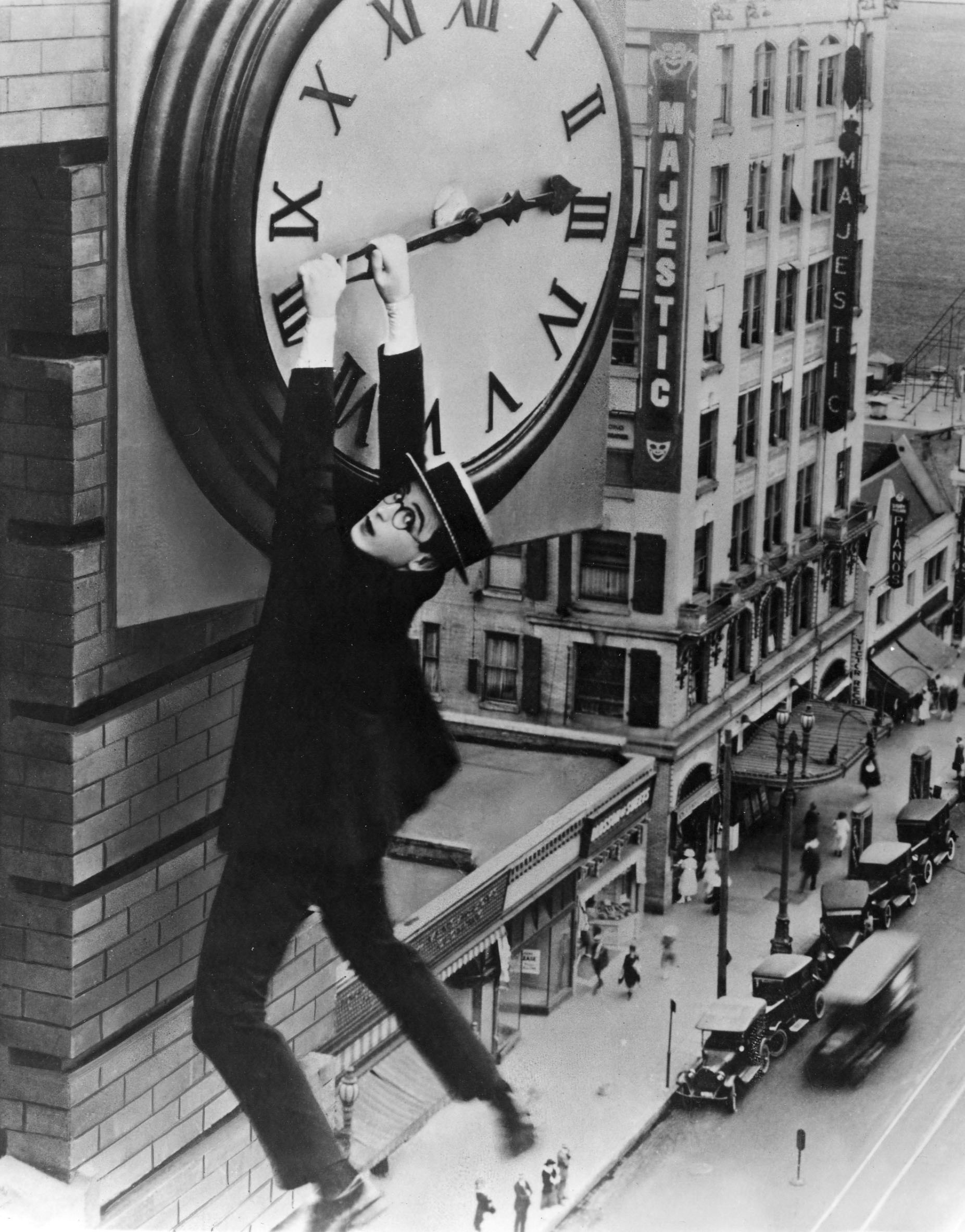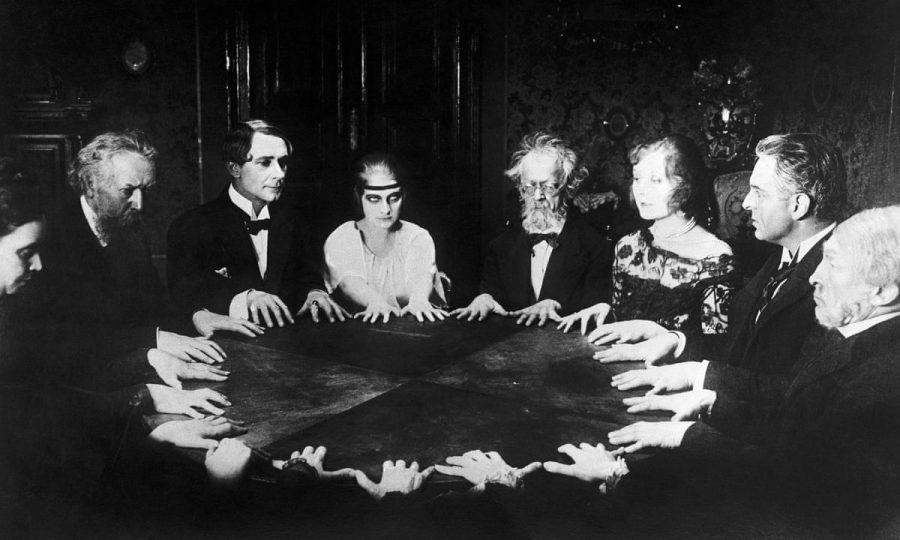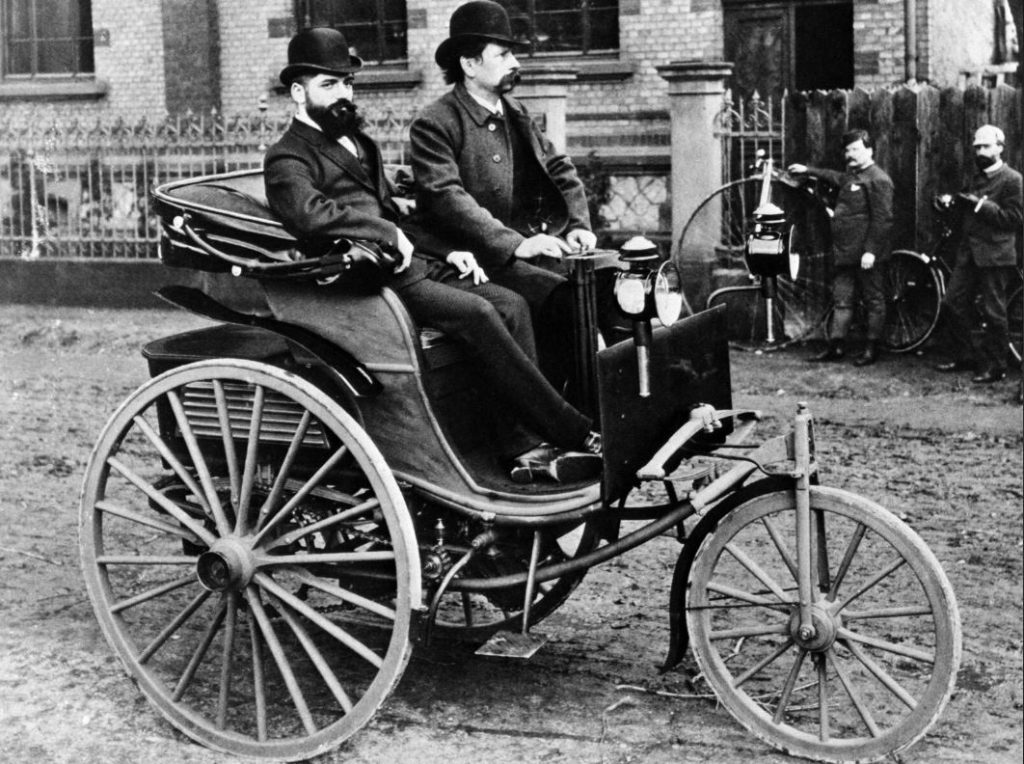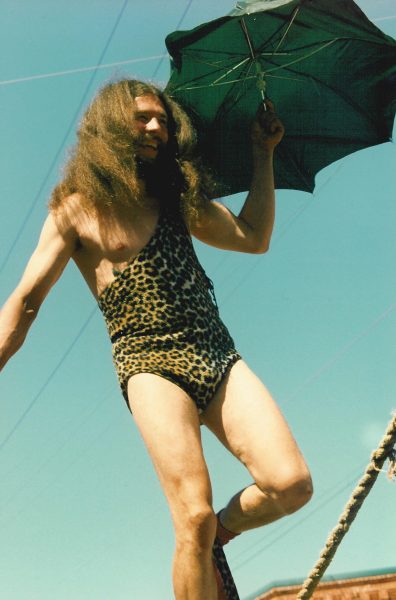Ah, the 1950s in Italia—a time when the nation was rising from the ashes of war and embracing a new era of prosperità. The streets of her cities buzzed with energia and ottimismo in this period known as the miracolo economico italiano, a time marked by rapid industrial growth and an explosion of cultural expression. It was the moment when filmmaker Federico Fellini was beginning to shape Italian cinema with his distinctive voice, and actors like Gina Lollobrigida, Marcello Mastroianni, and Sophia Loren, became symbols of Italian style and sofisticazione—their names synonymous with la dolce vita, the sweet life that Italy had rediscovered after bitter years of conflict.
In this fertile landscape, cinema italiano blossomed, with the master gardener Fellini tending to its most exquisite blooms. His visionario films, infused with surrealismo and a touch of the carnivalesque, flickered across the silver screen, captivating audiences with their dreamlike narratives and imagery that Gore Vidal once described as “nothing short of extraordinary . . . each frame a carefully crafted piece of art.”

Amid this sociale and culturale backdrop, a modest campione (champion) emerged from the Piaggio factory—the Vespa scooter. Born out of the necessity for cost-effective transportation in post-war Italy, the Vespa quickly became a symbol of modernità, resilienza, and libertà. Its sleek disegno (design) and practicality won the hearts of many, but it would soon prove to the world that it was more than just a bella faccia (pretty face).
The name Vespa, meaning “wasp” in Italian, was inspired by the scooter’s distintivo disegno and buzzing sound. Enrico Piaggio, upon seeing the prototype, remarked that its narrow waist and wide rear resembled a wasp, thus christening it Vespa, which aptly captured its nimble nature. Moreover, the scooter’s compact and efficient design made it perfetto for navigating the narrow, bustling streets of Italian cities. It also offered an affordable and elegante way for Italians to experience freedom, forge a new identità, and escape memories of wartime scarcity and rationing.
The Vespa was not just transportation but a catalyst for social rejuvenation and a brighter, more connected future. After the fall of Mussolini’s oppressive rule, Italians were eager to break free from the stifling social constraints of fascismo and the Vespa symbolized a new era of social growth, encouraging people to connect more freely and openly as they rebuilt their communities and participated in a cultural revolution that celebrated creatività and innovazione.

This brings me to the main subject of this story. In the summer of 1951, from September 18-23, the town of Varese in Northern Italy hosted the Sei Giorni Internazionale di Varese, also known as the International Six Days Enduro (ISDE). This grueling event was also known as the “Olympics of motorcycling,” and it tested the endurance of riders and the durability of their machines over six days of off-road racing. Typically, motociclette designed for rugged terrains were the usual contenders, roaring through the challenging courses with their powerful engines and robust frames. However, Piaggio decided to raid the picnic with an unlikely entrant—a Vespa scooter. However, this was no ordinary scooter.
The Vespa 125 Sei Giorni was a specially modified scoot, tailored to meet the estremo demands of the race. Engineers at Piaggio equipped it with più grande (larger) fuel tanks for extended range, promising it could cover long distanze without frequent refueling stops. They reinforced the suspension to handle the rough, uneven terrains that would have easily rattled apart a standard scooter. Additional tweaks included strengthening the chassis and enhancing the engine’s performance to withstand the relentless strain of six days of intense racing. The team of riders, handpicked for their skill and tenacity, were ready to challenge the status quo, determined to prove that a humble scooter could compete with the mightiest of motociclette in one of the toughest motociclismo events in the world.
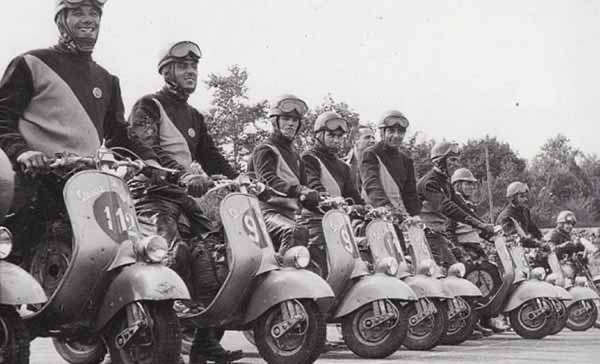
As the race began, spectators and competitors watched in amazement as the Vespa scooters tackled the rugged trails with surprising agility. Usually seen zipping through cobblestone streets, these sleek scooters climbing rocky hills and splashing through muddy paths was both bewildering and inspiring. The Vespa riders, with their characteristic Italian flair, approached the race with a mix of determinazione and nonchalance, embodying the spirit of post-war Italia—resilienza, innovazione e stile.
The Vespa team’s performance was mind-boggling as they confounded expectations by winning nine gold medals, stunning the motorcycling world. The successo of the Vespa 125 Sei Giorni cemented the Vespa’s reputazione, not only as an urban icon but as a macchina capable of much more. It inspired future models and modern iterations like the Vespa Sei Giorni 300, which pays homage to the original’s daring spirit and classic design.
In the end, the 1951 Sei Giorni Internazionale di Varese was more than just a race. It was a celebration of resilienza, innovazione, and the sheer gioia of overcoming the odds. It reminded the world that even in the face of daunting challenges, a little bit of style and a great deal of determinazione can lead to extraordinary achievements. Just as Italy was rebuilding and reimagining itself in the post-war era, the Vespa scooter raced into history, proving that even the most unexpected contenders could become campioni.

As the 1950s continued, Italy’s cultural renaissance blossomed. Fellini, with films like La Strada and La Dolce Vita, defined cinema italiano, projecting Italy’s newfound vibrancy and creativity to the world.
The Vespa, rooted in this era, became an enduring symbol of that golden age.

